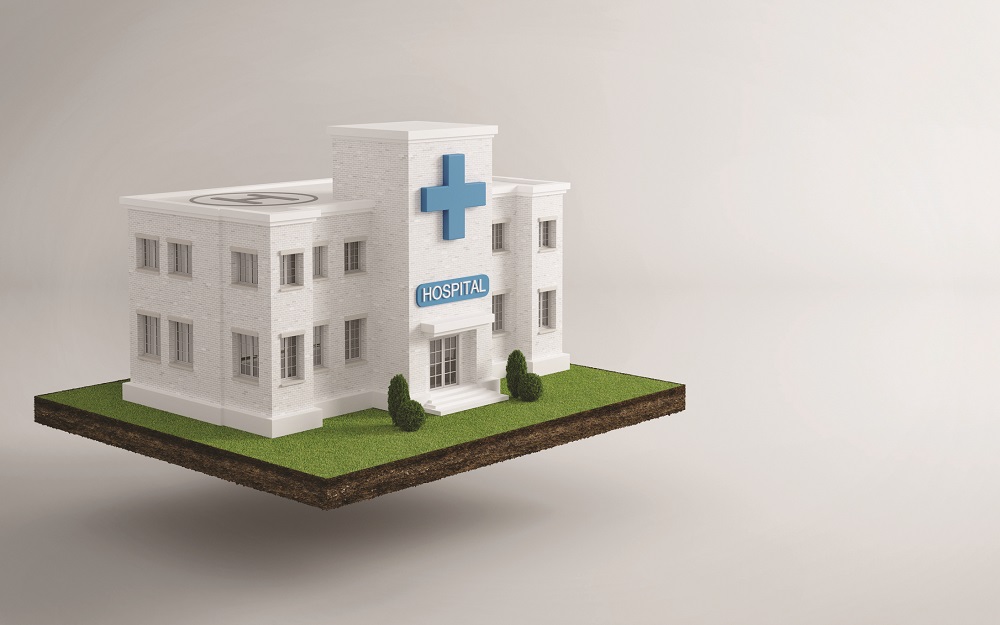The old saying “What goes around, comes around” is the best way to describe what is happening in the hospital industry. Starting in the 1970s, small hospitals, mainly in less populated areas, began closing as the cost of new technology and overall cost of care began to rise. By the 1990s, most smaller and rural communities were without a nearby hospital, forcing those needing emergency care or same-day surgery or treatment to travel many miles to reach a large regional medical center able to meet their needs.
But by 2015, the cost of patient care in these large regional medical centers had become exorbitant. Treating patients on an outpatient basis or patients needing just a night or two in a hospital bed became too costly for many large hospital systems. What was needed were smaller hospitals (to augment the big mega facilities), with between three and 25 beds and fewer doctors, nurses, and technicians capable of serving both emergency patients and same-day surgical patients. The beds would serve patients needing a day or two of inpatient care after a more routine surgery or those needing a bit longer observation.
Welcome to the micro hospital! Since 2017, micro hospitals have opened in at least 19 states, and the numbers are increasing every year. They are all affiliated with large regional hospital systems in conjunction with private companies that help them develop the structure and management of the smaller facilities. Most are in suburban or rural communities, where research has shown there are specific needs. For example, micro hospitals have been constructed in communities with large elderly populations or in areas attracting young people for economic reasons.
Here are some pros and cons you should consider before utilizing a micro hospital.
Pros. Micro hospitals offer patients the convenience of nearby emergency care without the long waits often encountered at large hospital emergency rooms. They also provide access to same-day surgery or treatments but with back-up beds if follow-up treatment or observation is necessary. And because they are community based, they can be designed to meet the needs of the surrounding population.
Micro hospitals differ from stand-alone surgi-centers and outpatient/same-day surgery centers because they provide overnight or longer care. Unlike those other facilities, they are licensed as hospitals and must meet the same safety standards and staffing requirements as any other hospital. And because they are smaller and limited in the services they provide, they are cheaper to build and operate than large hospitals. That savings is passed along to insurers and patients alike.
Cons. Because of micro hospital’s size, with far less volume of patients, critics have noted that micro-hospital staff may have limited experience diagnosing serious but less common problems. Since these facilities are usually staffed by an emergency room physician and nurses, the availability of specialists may be restricted. Other concerns that have been raised include staff turnover, which in a small facility can be cause for alarm.
Check them out
It is important that you check out a micro hospital before you need it. Check out the facility, its capabilities, and the training of the doctors on staff. This should be available on the website.
What goes around has come around in the hospital world, with the recognition that, in many instances, smaller is better than larger when it comes to patient care and convenience.


